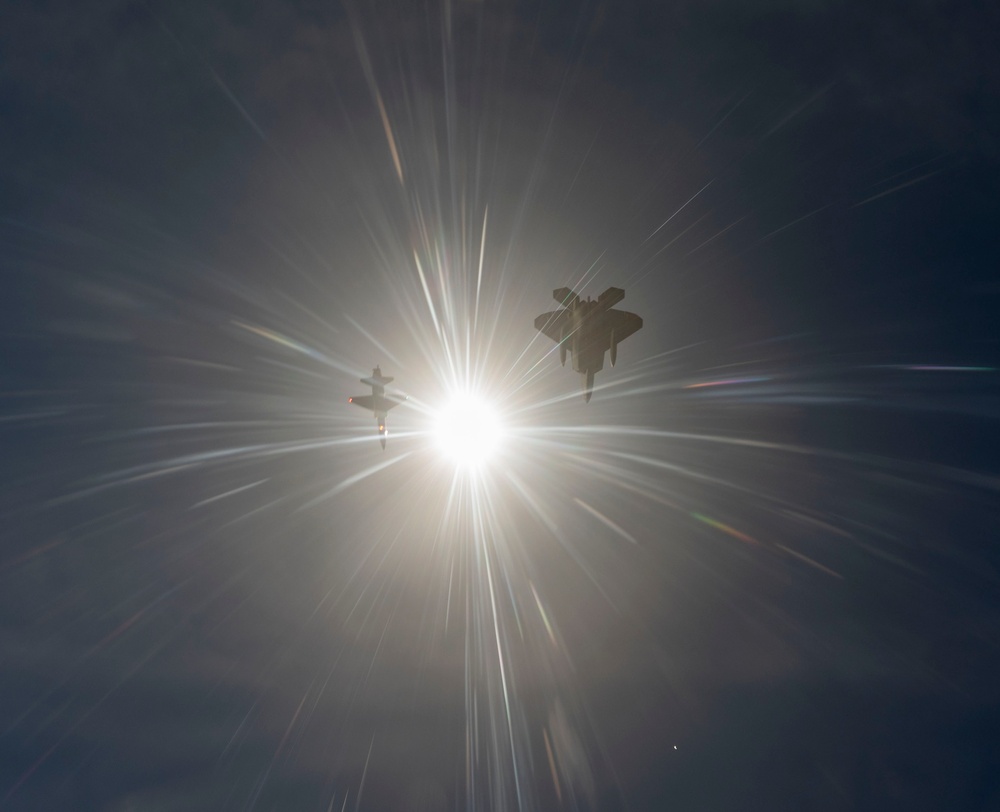
Celestial Spectacle: Rare Asteroid Soars Past Earth, Unveiling Cosmic Mysteries
As the celestial tapestry unfolds before our eyes, a rare cosmic spectacle is set to grace our skies. On February 1, 2023, an asteroid named 199145 (2005 YY128) will make a breathtakingly close approach to Earth, offering astronomers and stargazers alike an extraordinary opportunity to witness the wonders of our solar system.
Unveiling the Asteroid
Discovered in December 2005, 199145 (2005 YY128) is an Apollo-class asteroid, a group of celestial bodies known for their elongated orbits that occasionally intersect Earth’s path. With an estimated diameter of 1,300 feet, it is classified as a “potentially hazardous asteroid” due to its size and potential for impact. However, scientists assure us that the asteroid poses no immediate threat to our planet during this close approach.
Witnessing the Cosmic Event
While the asteroid will not be visible to the naked eye, it can be observed with telescopes and binoculars. The closest point of approach will occur on February 1 at approximately 10:45 PM EST (03:45 UTC on February 2), when the asteroid will pass within a mere 2.7 million miles of Earth. This is approximately 11 times the distance between our planet and the Moon.
Astronomers will use this unique opportunity to study the asteroid’s physical characteristics, such as its size, shape, and composition. They will also be able to gather data on its orbit, which will help refine predictions of its future path.
Celestial Observer’s Guide
For those wishing to witness the celestial spectacle firsthand, several observatories and astronomical societies will be hosting public viewing events. Many observatories will offer telescopes for the public to use, and knowledgeable astronomers will be on hand to provide guidance and answer questions.
If you are unable to attend a public viewing event, you can still observe the asteroid remotely. The Virtual Telescope Project, a non-profit organization based in Italy, will be providing a live stream of the asteroid’s passage. This will allow anyone with an internet connection to witness this rare cosmic event.
Insights into Cosmic History
The study of asteroids like 199145 (2005 YY128) provides valuable insights into the formation and evolution of our solar system. By analyzing the composition and structure of asteroids, scientists can gain a better understanding of the early conditions that gave rise to planets, moons, and other celestial bodies.
Furthermore, the study of asteroid orbits helps astronomers to identify potential hazards and develop mitigation strategies. By tracking the movements of asteroids, scientists can predict their future paths and take steps to prevent potential impacts.
Conclusion
The close approach of asteroid 199145 (2005 YY128) is a captivating celestial spectacle that offers both scientific and aesthetic wonder. While the asteroid poses no immediate threat to Earth, it provides an opportunity for astronomers to gather valuable data and for the public to witness the awe-inspiring beauty of our cosmic neighborhood.
As we gaze upon this celestial wanderer, we are reminded of the vastness and interconnectedness of our universe. May this cosmic event inspire us to explore the unknown, embrace the beauty of science, and appreciate the wonders that the cosmos holds.


